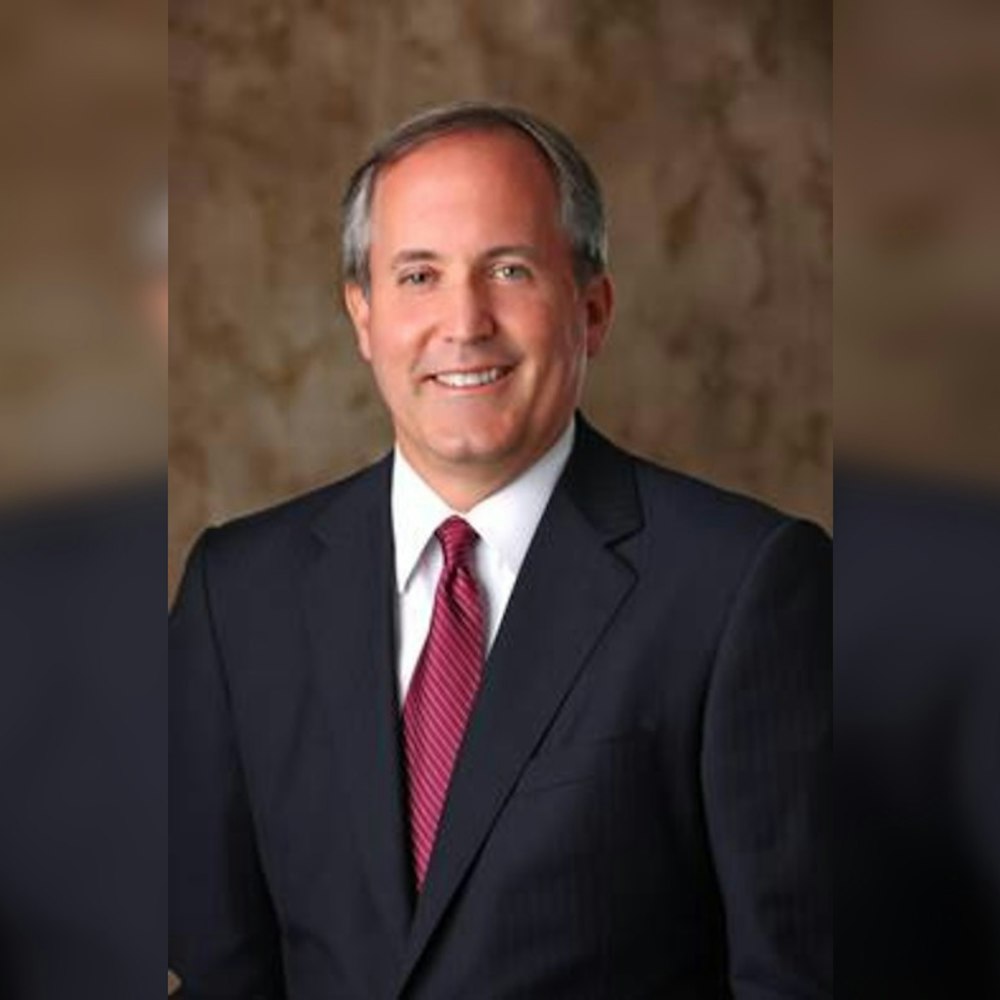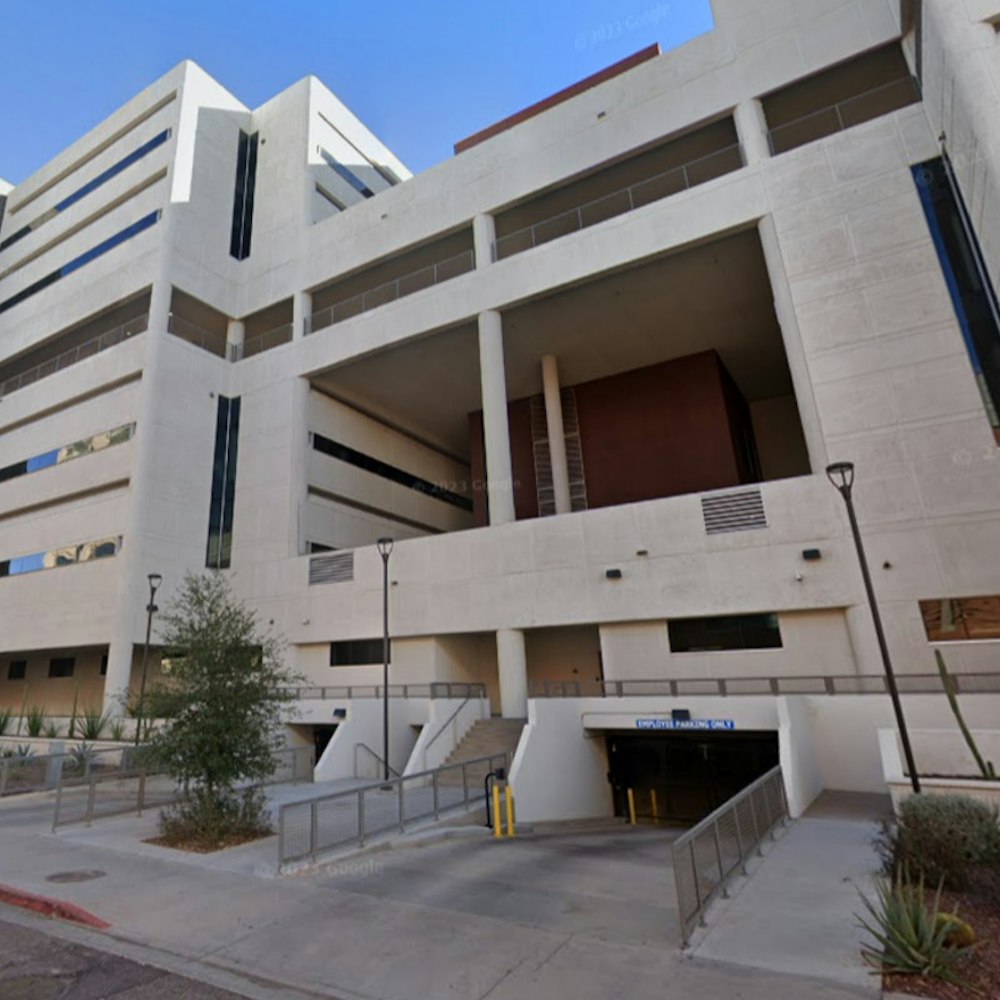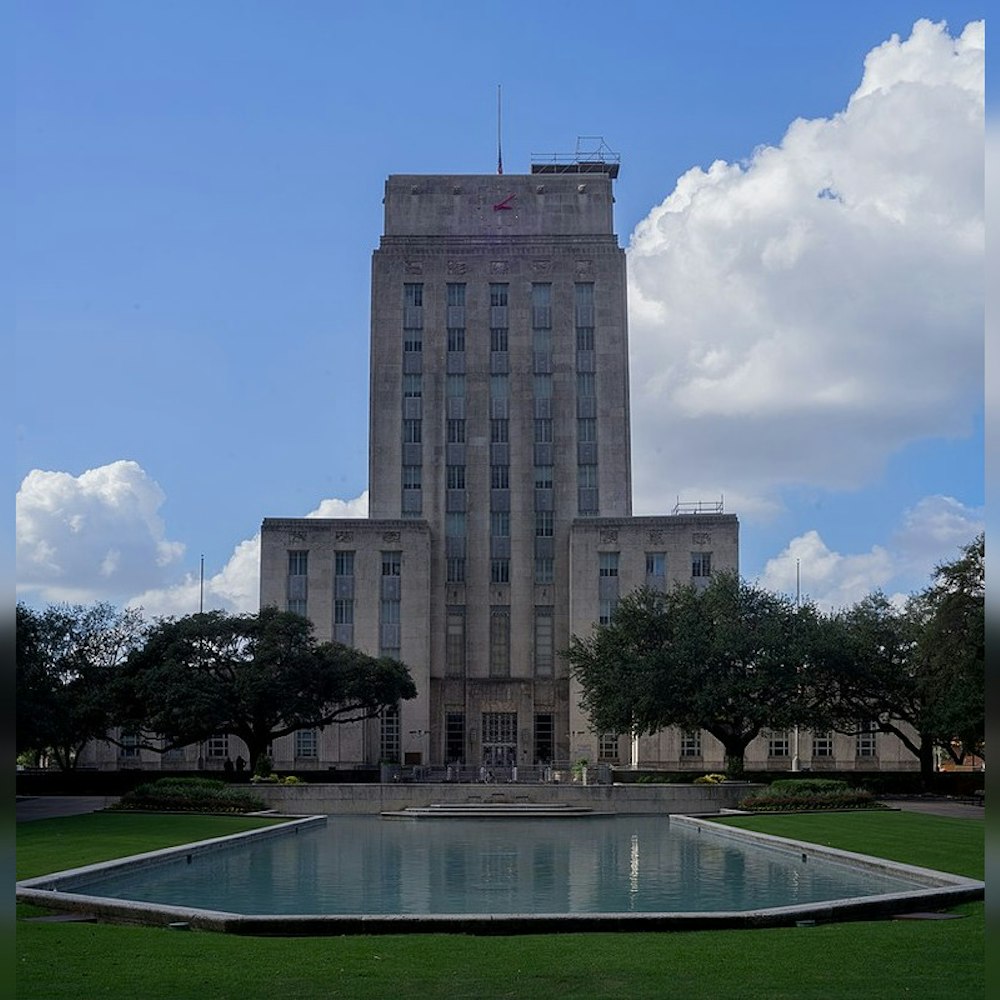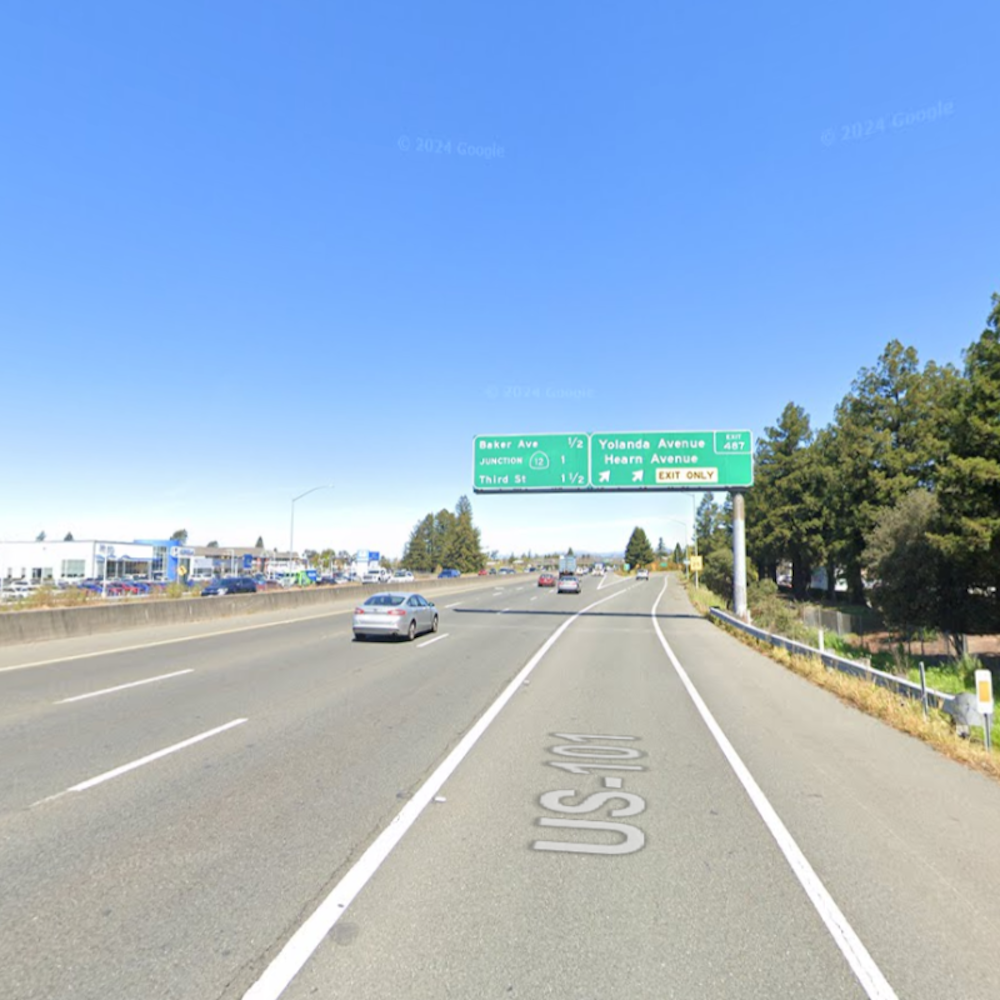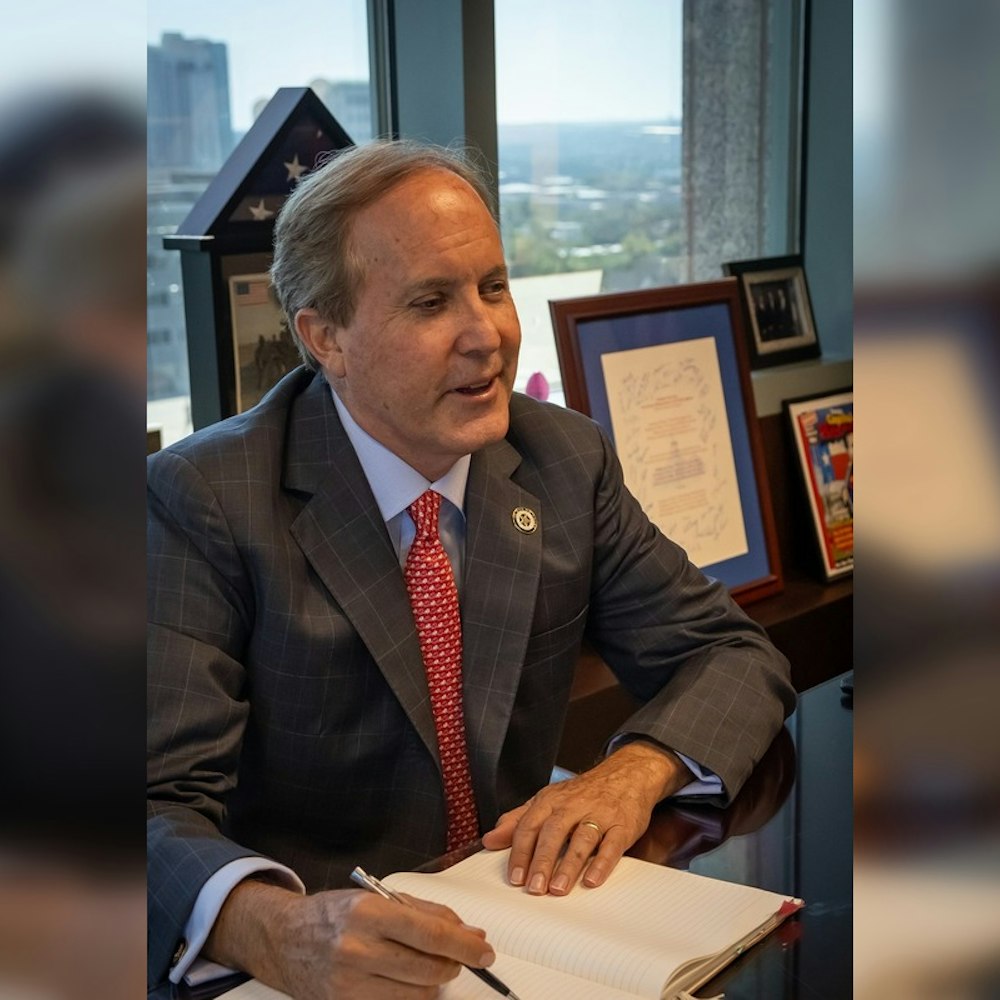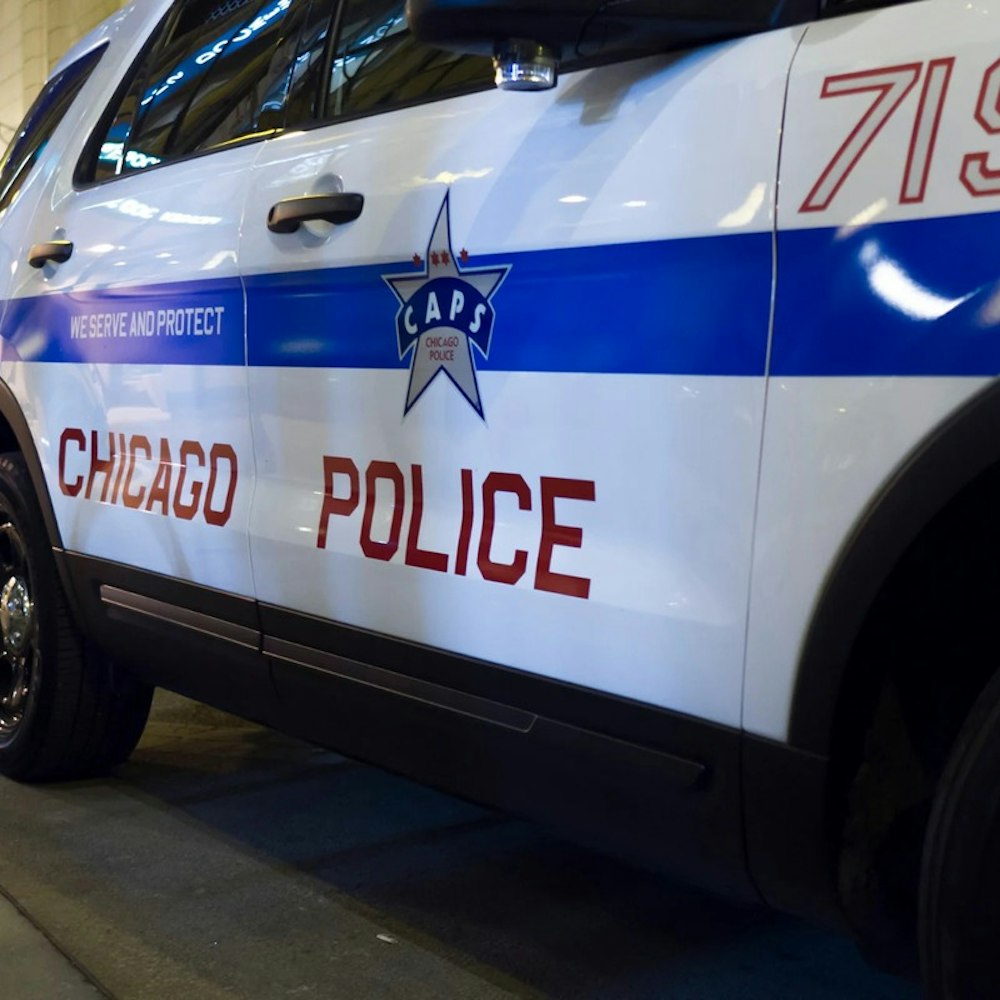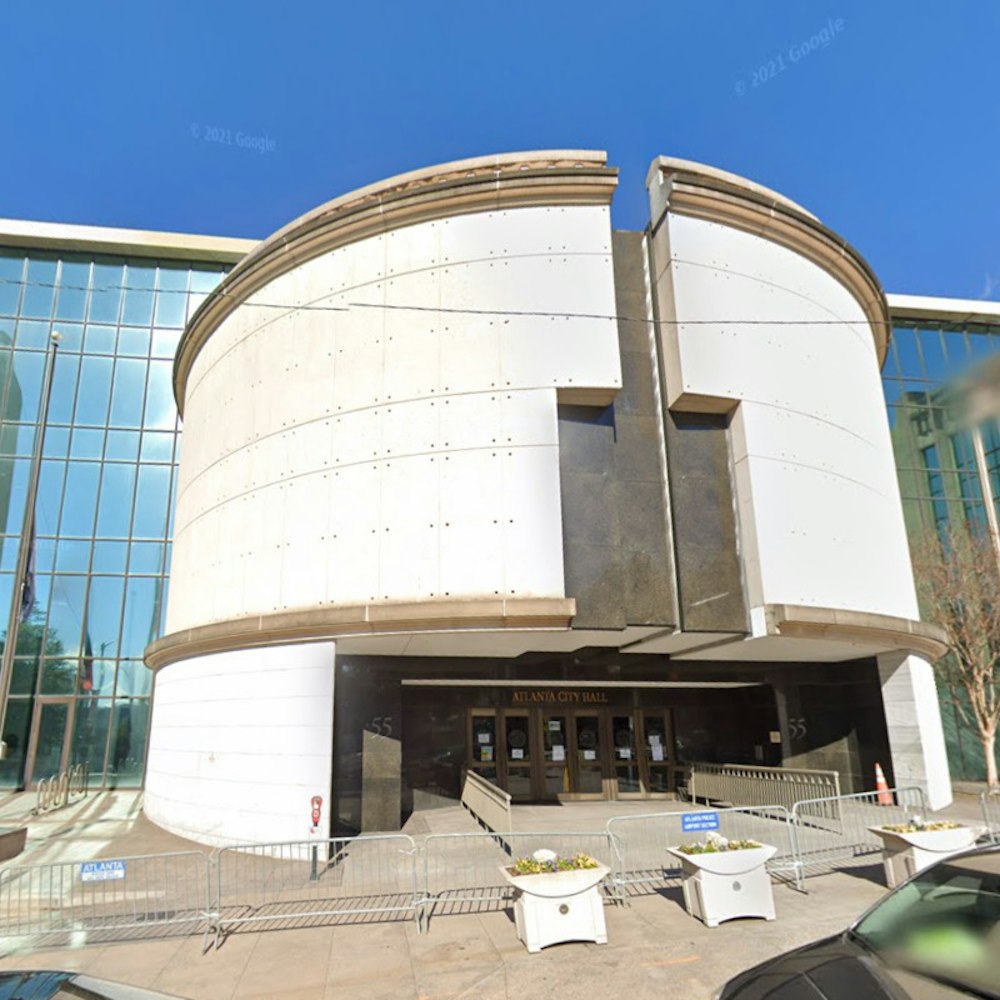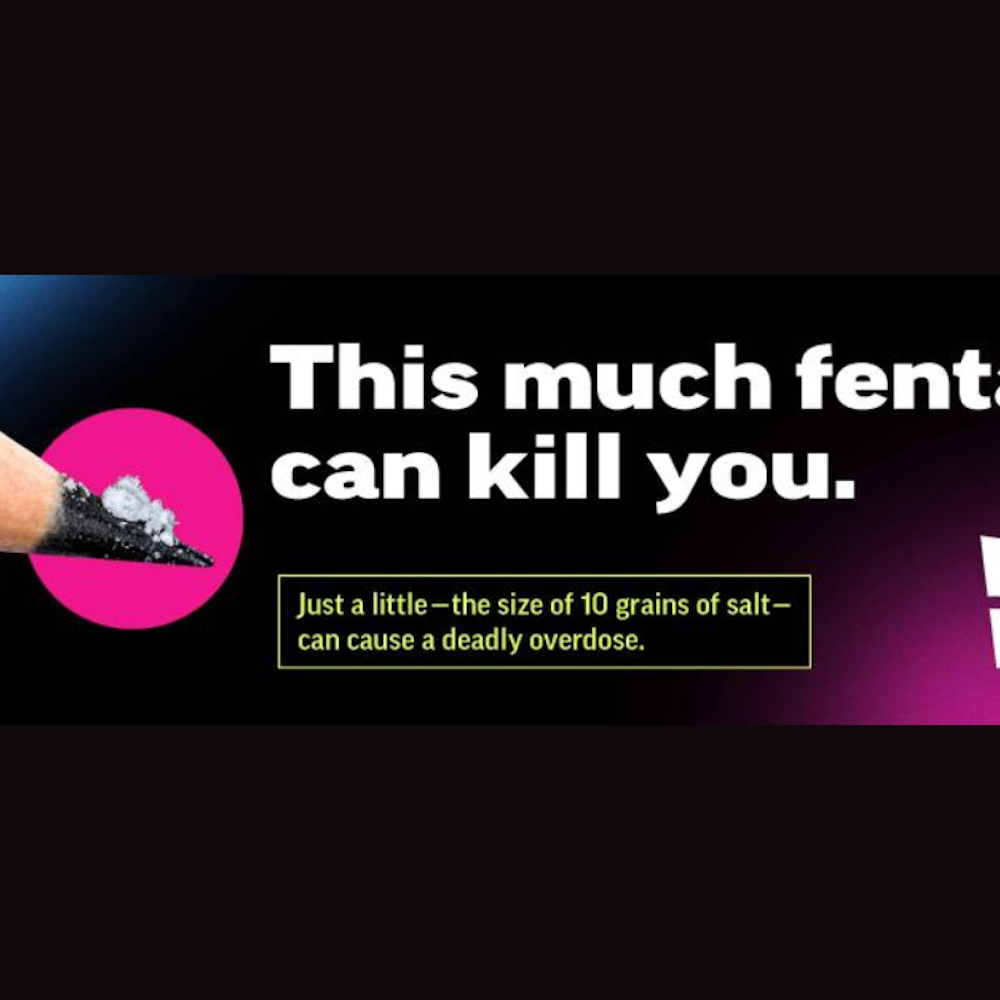![Protesters claim responsibility for Tenderloin's mysterious Amazon Prime sidewalk ads [NSFW]](https://img.hoodline.com/uploads/story/image/748025/foodline_and_prime.jpg?max-h=442&w=760&fit=crop&crop=faces,center)
A group of protesters has taken credit for the mysterious Amazon Prime logos that initially appeared on the sidewalks of the Tenderloin, and have since spread to other neighborhoods as well.
More than 150 installations of the Amazon Prime logo have been painted along the sidewalks of Central Market Street, the Tenderloin, and SoMa. Amazon stickers have also been posted on empty retail spaces along the Polk Street corridor.
As we previously reported, the stenciled sidewalk logos drew the ire of District 6 Supervisor Matt Haney, who, like many neighbors, mistook them for genuine ads. On Twitter, he called on Amazon to "stop ... and pay your taxes."
A spokesperson for Amazon vigorously denied responsibility for the logos, making their appearance even more puzzling.
But after reading our story about the logos, a group of protesters, using the moniker #antiadvertisingcampaignnumber1, emerged to take credit for them.

The group says it's comprised of San Francisco-based artists, but declined to share the identities of any participants, out of fear of reprisal from the city. Sidewalk stencils are illegal in San Francisco, and graffiti removal costs SF Public Works upwards of $20 million annually.
The point of the graffiti, the artists said, was to encourage San Franciscans to shop locally this holiday season, and to draw attention to the decline of the city's retail scene, which is at least somewhat attributable to the rise of e-commerce companies like Amazon.
"A large community of people are adapting to transmit a message,” one of the group’s members said.

The anti-Amazon campaign is focused on the Tenderloin and SoMa, particularly areas that have high concentrations of open-air drug sales, homeless encampments, and lines for meal support and other social welfare.
Shuttered small businesses, mounting debts, addiction, fractured personal relationships and housing insecurity are often part of a cycle, the anonymous collective member said. The intent of the anti-advertising campaign is to implicate the whole sequence of economically based social problems in one statement.
The artists say they want to force viewers to reconsider their one-click addictions, by relating e-commerce directly to drug users shooting up on the sidewalks.
“It seems logical to use a shock tactic, given that there is so much apathy in the city,” the source told us.

Because the anti-Amazon logos are often quickly removed by the city, members of the coalition document it with photos and video, in hopes of creating a “proof of concept” to encourage artists and other community members to join the coalition and spread its message.
But given that Haney and many others mistook the stencils for Amazon advertising, it appears the protest may have missed its mark.
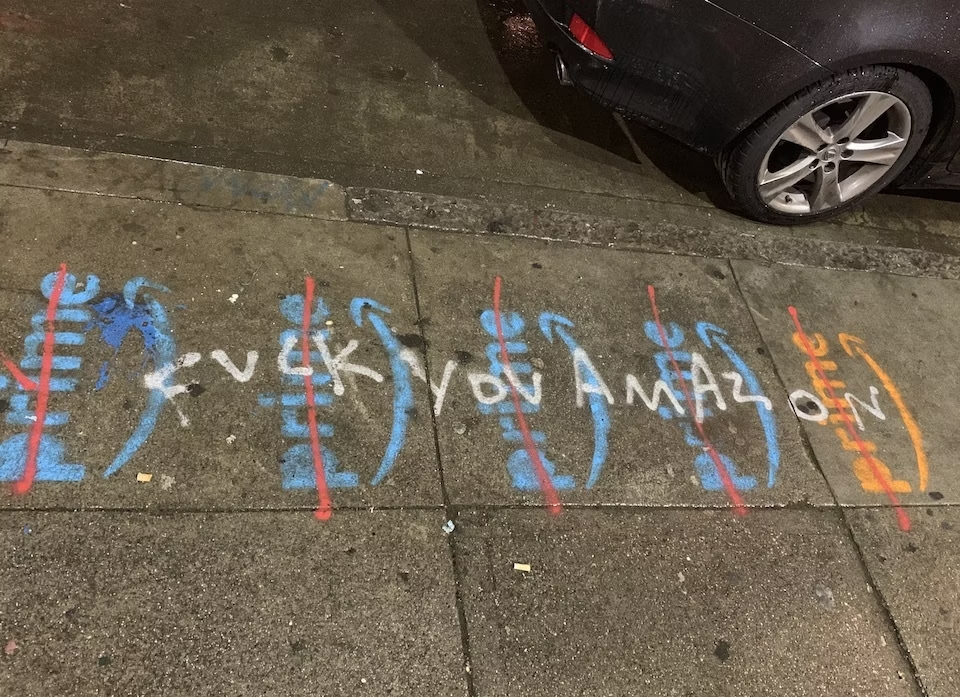
Asked to address the ineffectiveness of the sidewalk logos, the collective member said that “Supervisor Haney’s initial interest associated the installations with another misguided attempt at advertising, [and] his response highlighted that we need to address and engage him [in the future]." (Haney's office did not respond to a request for comment on the protest.)
To distance the coalition's work from Amazon advertising, our source said, the artists chose to paste Prime logo stickers upside down on the windows of empty storefronts along Polk Street.

Then, there's the matter of removing the stickers and graffiti, which has largely fallen on the shoulders of Public Works and the Tenderloin Community Benefit District’s Clean Team.
Under the misapprehension that Amazon was responsible for the graffiti and stickers, the Clean Team tweeted in November that "our sidewalk cleaners have a pretty tough job as it is, without having to handle sidewalk ads." The Clean Team pressure-washes the Tenderloin's sidewalks on a weekly basis, but the spray-painted logos are especially hard to remove.
Asked if they were concerned about their impact on those who have to clean up, the protesters were somewhat repentant.
They say that they intended to create installations that were part of the public right-of-way and could be easily removed, so as to not inconvenience property owners. And they apologized for any inconvenience or extra work they've caused the CBDs and property owners.
But they also argue that they're doing much-needed advocacy on the part of small businesses, in a city that isn't doing enough to address the crisis in local retail.
"Every one of those Amazon-branded packages I see in my [apartment building's] lobby feels like a theft from one of our local shopkeepers," the source said. "Hopefully others will come to see and feel this too."
Amazon did not respond to a request for further comment about the installations, nor did SF Public Works.

The collective says it's interested in partnering with community organizations and cleanup crews, to get the anti-advertising installations at parity with actual Amazon Prime advertisements in a way that doesn't cause more trouble.
One idea the members have had is distributing Prime-branded jackets to unhoused people to keep them warm.
The members of the coalition say they can be contacted via direct message on Twitter, @QTaggard.
